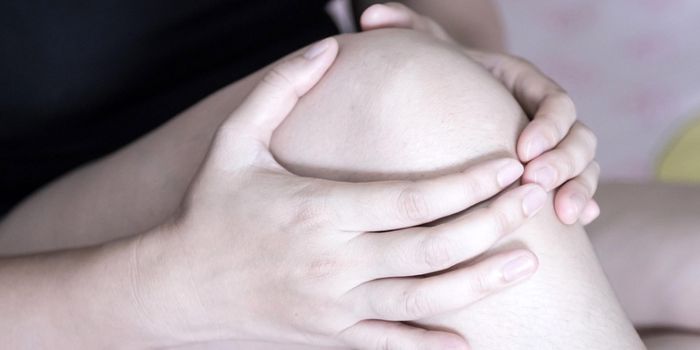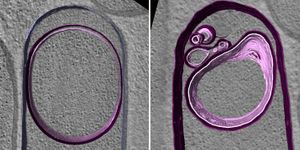Sperm Can Pass Epigenetic Information Onto Offspring
We are born with a genome that doesn’t change, but small modifications can be made to that genetic material throughout our lives. Called epigenetics, that these tags and variations can affect gene expression in many ways, which has a considerable impact on physiology. Scientists at UC Santa Cruz (UCSC) used a roundworm model to show that epigenetic tags can be inherited. In work reported in Nature Communications, the researchers have demonstrated that the roundworm C. elegans has sperm that can pass their epigenetic marks down to the next generation.
The study also showed that the development of cells that give rise to eggs and sperm are taking critical directions from that epigenetic information.
"We decided to look at C. elegans because it is such a good model for asking epigenetic questions using powerful genetic approaches," said Susan Strome, a distinguished professor of molecular, cell, and developmental biology.
Epigenetic marks can modify either DNA or histones, the packaging proteins that compact DNA into chromosomes. The marks can affect gene expression at many different stages of life including the crucial developmental period. The idea that epigenetic tags can be passed down is a subject of intense research focus. It had not been thought that such "transgenerational epigenetic inheritance” was possible through sperm.
Sperm had been though to lose histone packaging and so would not transmit histone epigenetic tags. Recent work has found, however, that around ten percent of that histone packaging is retained in the sperm of humans and mice.
Related: Learning More About Epigenetic Tagging
"Furthermore, where the chromosomes retain histone packaging of DNA is in developmentally important regions, so those findings raised awareness of the possibility that sperm may transmit important epigenetic information to embryos," Strome explained.
Her lab found that the genome of C. elegans sperm retains all its histone packaging. Other teams have reached the same conclusion for zebrafish, a common research model.
"Like zebrafish, worms represent an extreme form of histone retention by sperm, which makes them a great system to see if this packaging really matters," Strome said. She discusses her work in the video.
The team followed a common epigenetic tag called H3K27me3 that’s been found in many different organisms. When the epigenetic tag was removed from chromosomes, any offspring tended to be sterile, indicating the tag’s importance.
The scientists used a mutant worm so their sperm and egg chromosomes would be separated in the first cell after fertilization; one cell of the embryo got only sperm chromosomes, and the other cell got only egg chromosomes. Worms carrying only sperm epigenetic marks could then be generated. They found that those worms were fertile and their genes expressed normally.
"These findings show that the DNA packaging in sperm is important, because offspring that did not inherit normal sperm epigenetic marks were sterile, and it is sufficient for normal germline development," Strome explained.
The work establishes that it is possible for a male parent to pass down epigenetic marks through sperm. It does not indicate how a father’s health affects the health of his offspring, however. Strome is using worms to model that question as well, using alcohol exposure to see how it impacts offspring.
"The goal is to analyze how the chromatin packaging changes in the parent," she said. "Whatever gets passed on to the offspring has to go through the germ cells. We want to know which cells experience the environmental factors, how they transmit that information to the germ cells, what changes in the germ cells, and how that impacts the offspring."
Sources: AAAS/Eurekalert! Via UCSC, Nature Communications









